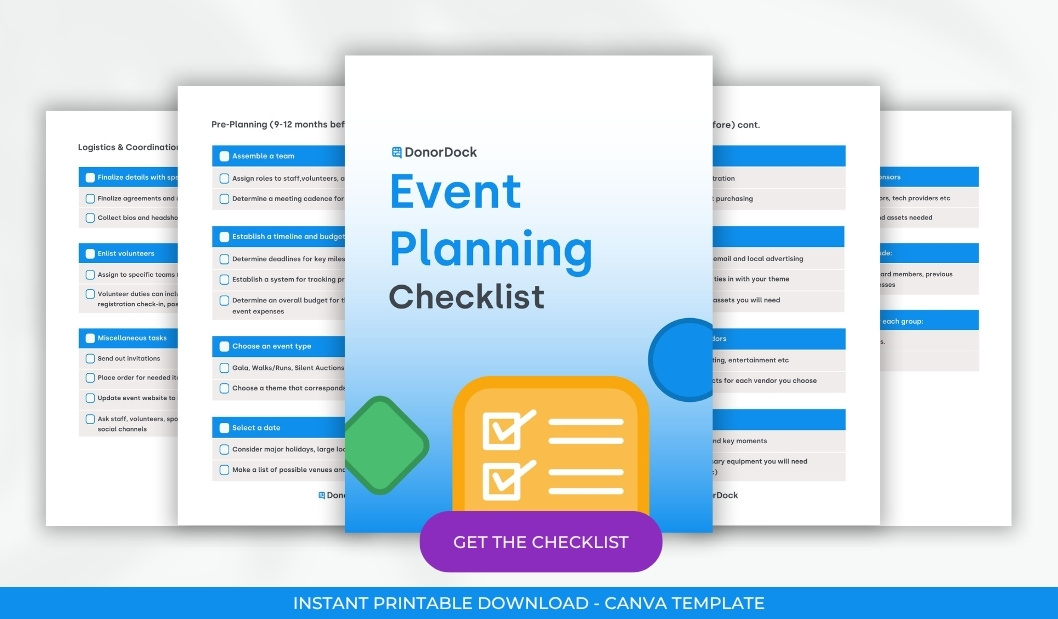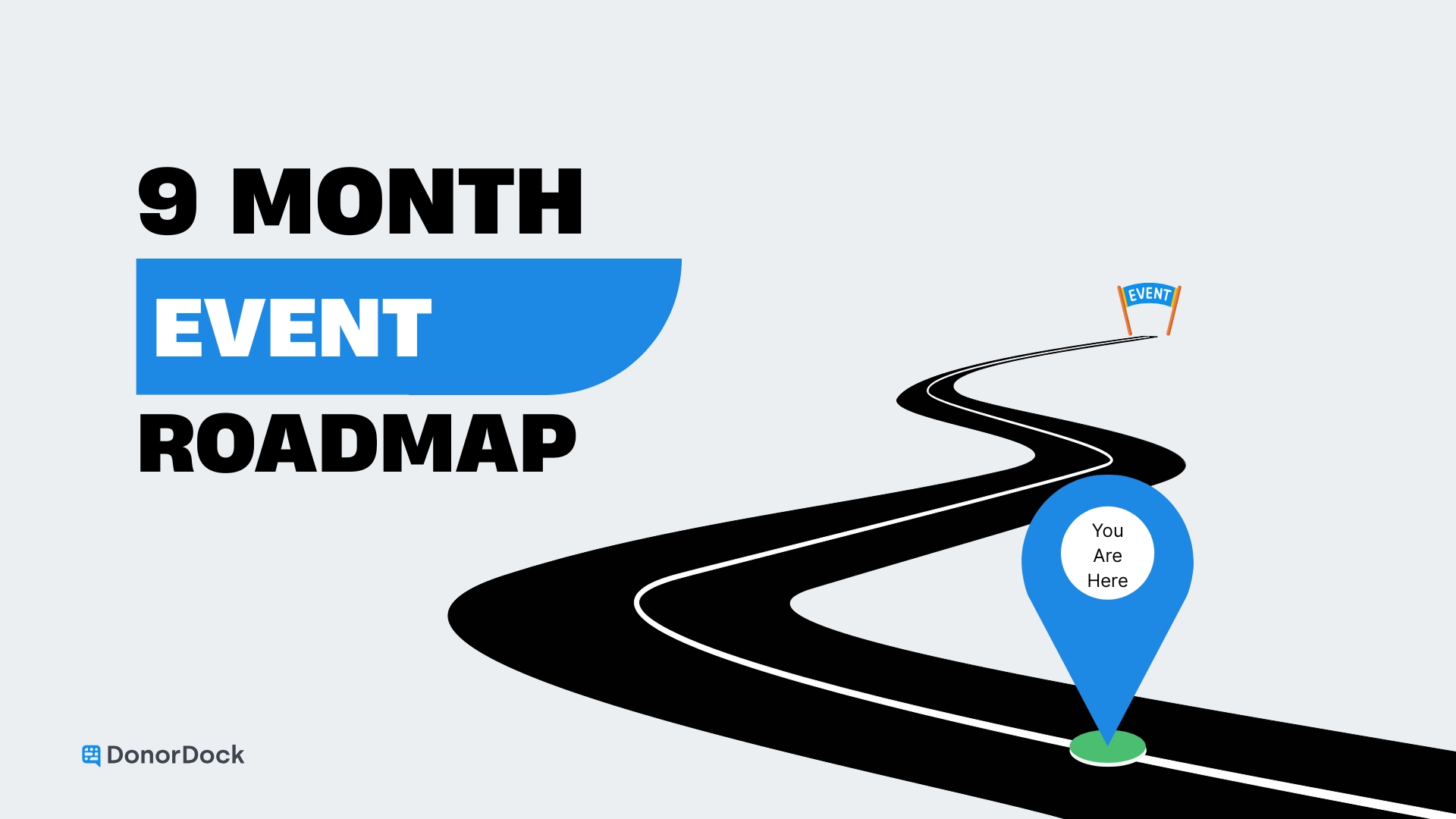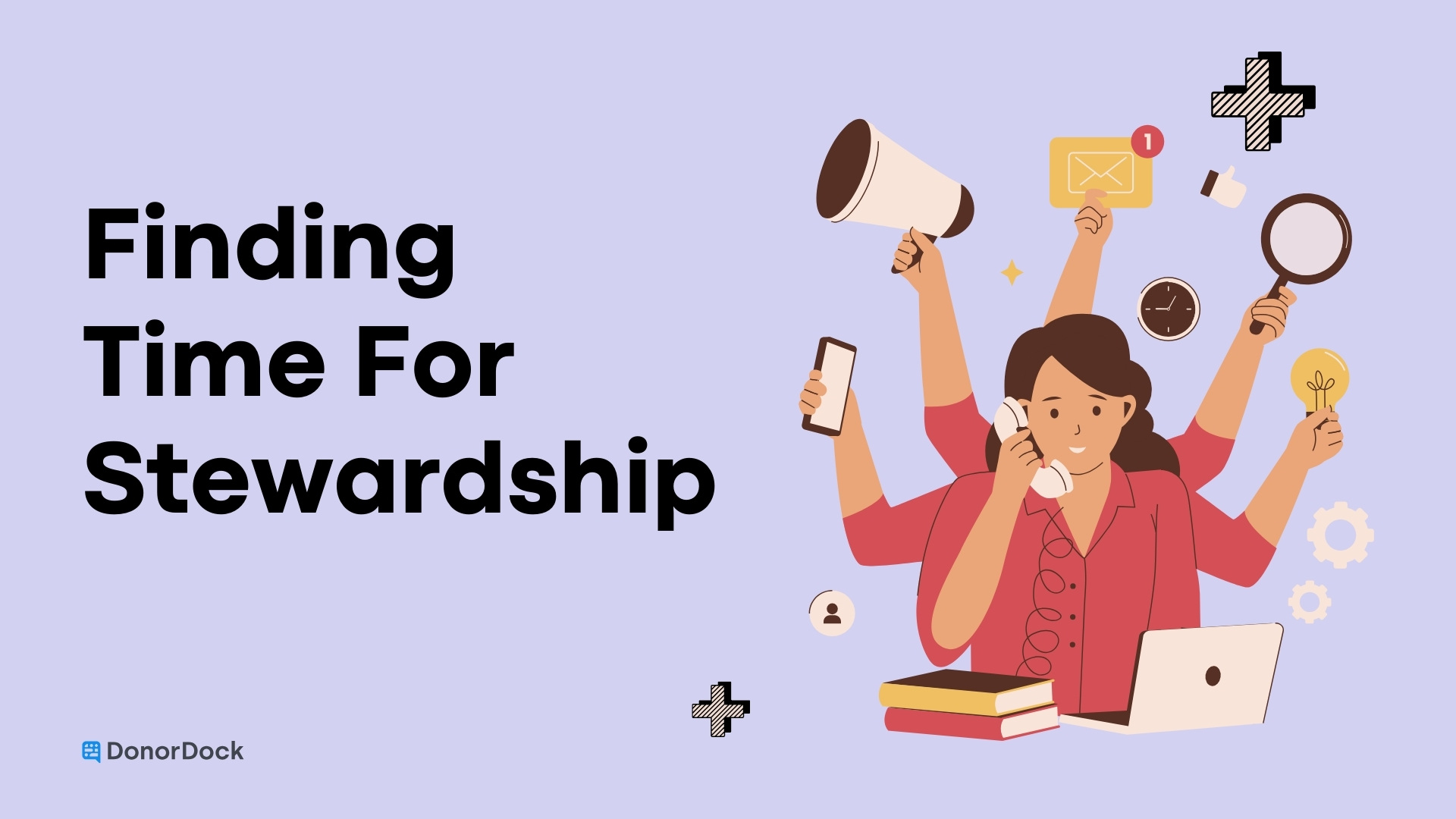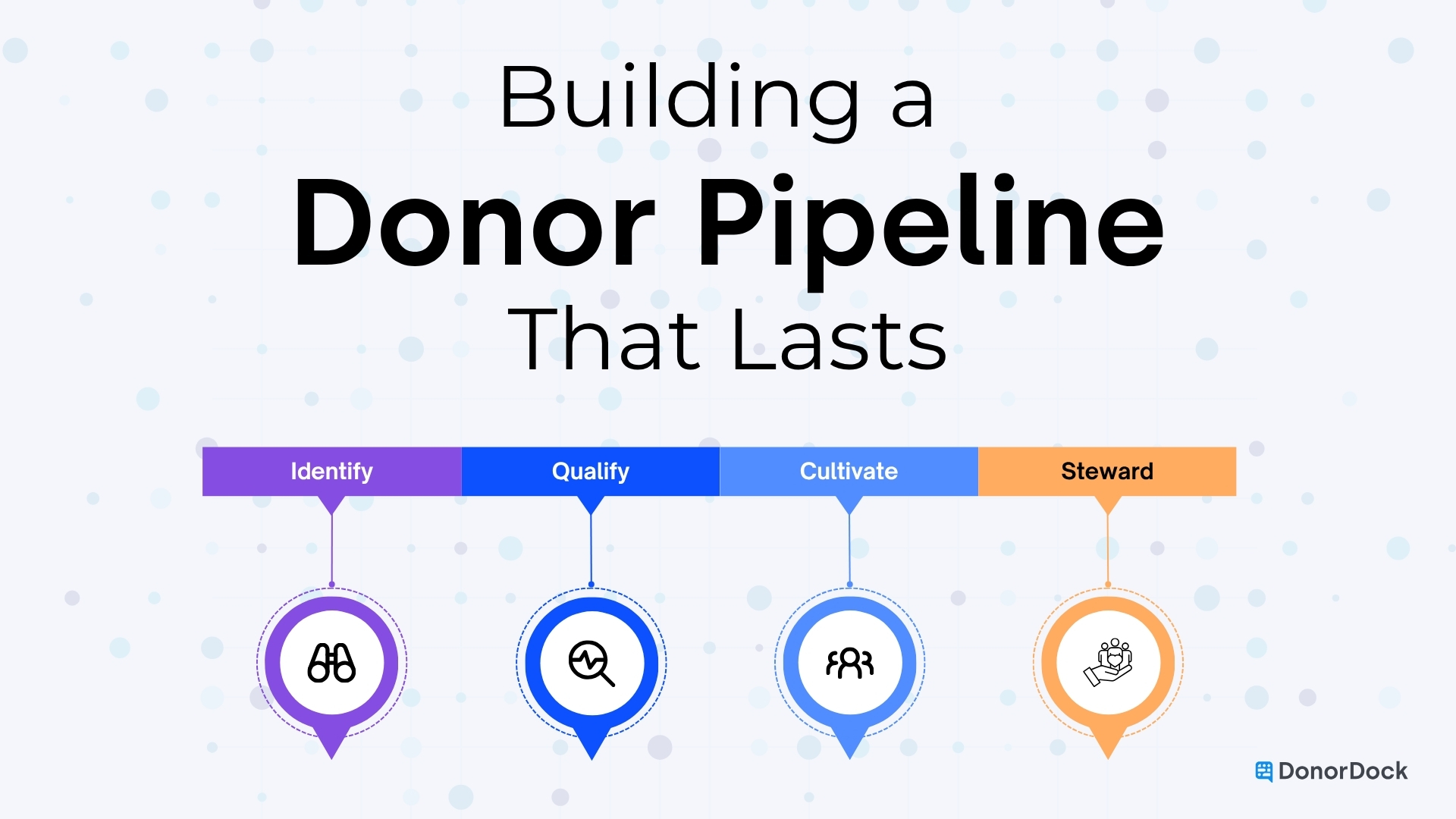When the last guest leaves your annual gala and the lights finally dim, the instinct is to exhale and shelve “events” for a while. But the fundraisers who consistently hit their targets know that the real work of next year begins the moment this year ends.
Ada K. O’Quain, a development director who has spent years running multi-event calendars, swears by one simple practice: book your next event nine months in advance. That single commitment reshapes the way you plan, reduces last-minute stress, and signals to donors and vendors alike that your nonprofit is organized and serious about impact.
Why nine months is a non-negotiable
Ada doesn’t leave a ballroom without securing the next year’s date. Why? Because venues, caterers, and entertainment aren’t waiting around, many are booked years out. By reserving early, she avoids the “sorry, we’re already booked” scramble and ensures her nonprofit has the partners it needs. That early decision also gives her team a gift that’s often missing in the sector: margin.
Nine months of breathing room means you can space out committee meetings, check in with sponsors months ahead, and build donor excitement instead of rushing them with last-minute invitations. As Ada puts it, “Being transparent and prepared is never a negative.” When your nonprofit communicates plans with confidence, you don’t just lower your team’s blood pressure, you increase donor trust.
“Being transparent and prepared is never a negative.”
This approach fits squarely into what we call focused fundraising. Rather than chasing opportunities reactively, you’re cutting through the noise and making deliberate choices that serve your mission long-term. The result? More focus, less frenzy, and events that serve as steady engines for impact.
Communication is your strongest currency
Great fundraising events aren’t measured only by how many people attended or how much was raised. They’re also judged by how clearly expectations were set along the way.
Ada jokes that she’s an “over-communicator,” but it’s intentional. She doesn’t just update her committee once a quarter; she loops in vendors after every event to review what worked and what needs fixing. By addressing issues while memories are fresh, she strengthens relationships and ensures improvements roll into the next cycle.
That kind of proactive communication extends to the board as well. As she explains, “It’s not just a party. There’s a budget. There’s a dollar amount I’m expected to leave the room with. And if I don’t, our nonprofit could be in trouble.” Framing the stakes clearly turns what could be a “fun night out” into a shared accountability moment for leadership.
When you consistently set expectations and report back with clarity, you’re building the kind of transparency that donors reward with trust.
For more on this, see how DonorDock’s Relationship Loop framework emphasizes steady, predictable touchpoints to keep supporters engaged long after the event ends. The same principle applies here: clear communication makes your events feel intentional rather than chaotic.
Designing events that avoid donor fatigue
One of Ada's biggest lessons has been learning to avoid “donor fatigue.” Her team runs multiple events each year, but she noticed the same supporters were attending multiple events. Instead of squeezing every dollar from the same donors, she adjusted the formats: like keeping auctions at the gala but removing them from the golf tournament. Golfers, she realized, weren’t interested in browsing auction tables; they were there to network, play, and give through sponsorships.
That decision saved time, reduced stress, and made each event feel fresh.
Respect your donors’ experience. When you listen to their feedback and tailor events accordingly, you show that you value the relationship more than the transaction.
Your nonprofit may not run four events a year, but the same lesson applies. Ask yourself: are we repeating the same mechanics out of habit? Are donors signaling fatigue we’re not hearing?

Your next move
If your events feel like a treadmill you can’t step off, here’s a better way forward: start with margin, build trust through communication, and design experiences that honor your donors’ time and enthusiasm. That’s how your events move from being stress machines to reliable engines of mission impact.
As you rethink your calendar, remember that events are just one piece of a bigger puzzle. DonorDock offers resources to help you align events with your overall donor engagement strategy.
For example, Nonprofit Storytelling can help you weave stronger stories into your gala program.
Show Donors the Impact (Without a 20-Page Report) offers ideas for reporting outcomes that keep supporters coming back. Pair those with Ada’s nine-month event discipline, and you’ll have a playbook that makes events both effective and sustainable.




.jpg)







